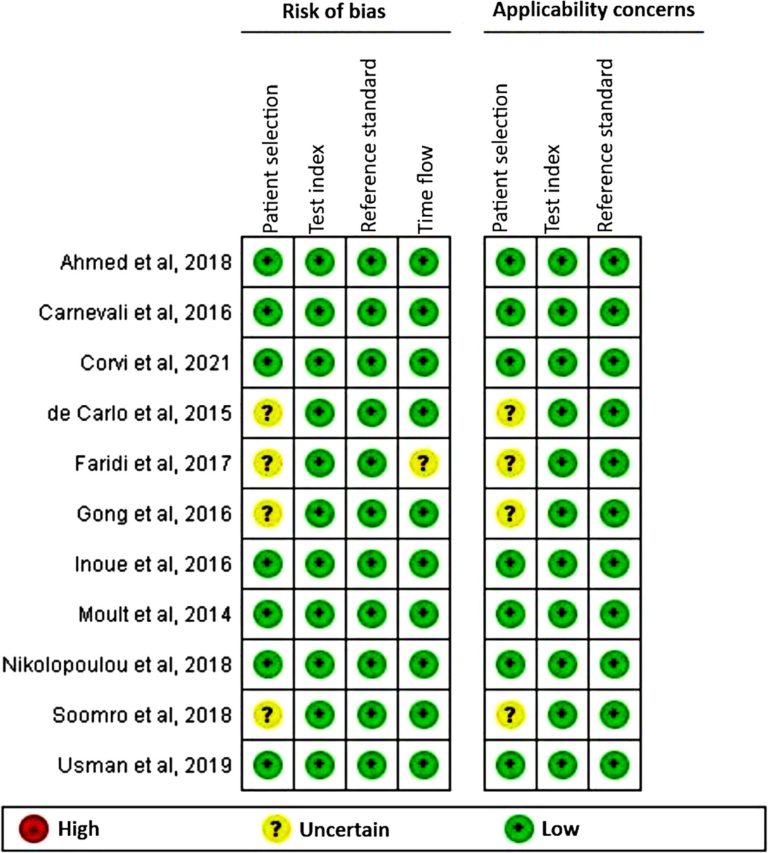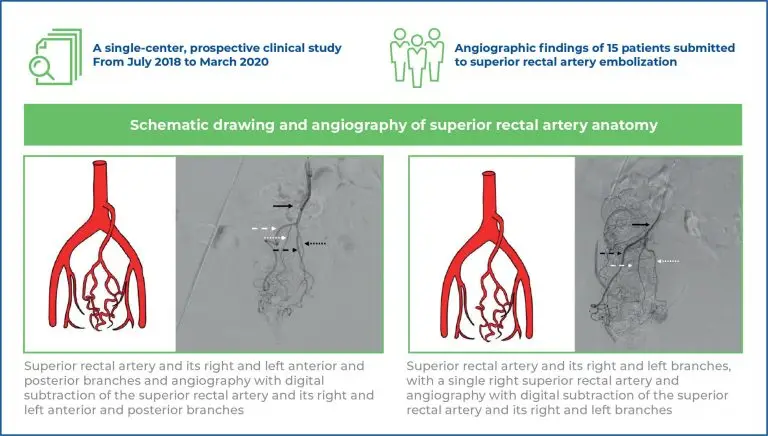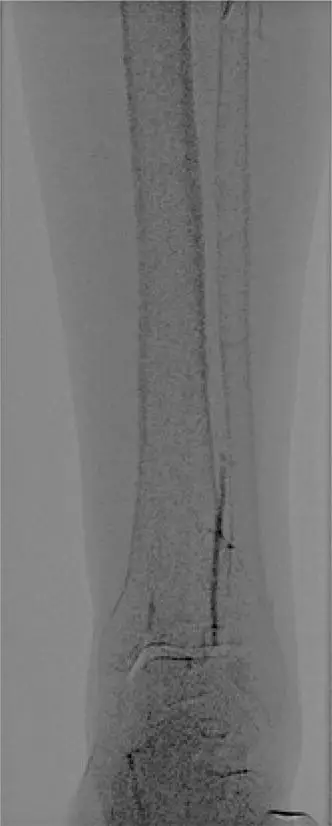10/Nov/2025
Optical coherence tomography angiography for the diagnosis of choroidal neovascularization in age-related macular degeneration: a systematic review
einstein (São Paulo). 10/Nov/2025;23:eRW1521.
View Article10/Nov/2025
Optical coherence tomography angiography for the diagnosis of choroidal neovascularization in age-related macular degeneration: a systematic review
DOI: 10.31744/einstein_journal/2025RW1521
ABSTRACT Objective: To evaluate the diagnostic accuracy of optical coherence tomography angiography for the identification of choroidal neovascularization in age-related macular degeneration. Methods: This systematic review followed the Preferred Reporting Items for Systematic Reviews and Meta-Analyses (PRISMA) 2020 recommendations. A literature search of the PubMed/MEDLINE, Scientific Electronic Library Online (SciELO), EMBASE, Cochrane Library, CAPES Periodicals, and LILACS scientific databases was conducted to identify relevant full-text articles published in English and Portuguese from January 2012 to January 2025. To comprehensively evaluate […]
Keywords: Angiography; Choroidal neovascularization; Macular degeneration; Optical coherence tomography; Wet macular degeneration
21/Nov/2024
Chronic spontaneous non-aneurysmal aortic rupture treated with endovascular surgery
DOI: 10.31744/einstein_journal/2024RC1113
ABSTRACT Spontaneous non-aneurysmal aortic rupture is rare and is usually attributed to penetrating aortic ulcers, infections, tumor infiltrations, or inflammatory and collagen diseases. Chronic rupture is infrequent but extremely rare in non-aneurysmal aortas, which makes diagnosis difficult because the absence of an aneurysm can mislead the physician to rule out rupture. Here, we describe the case of an 85-year-old male, who was undergoing oncological investigation for weight loss, inappetence, and back pain. Computed tomography and magnetic resonance imaging performed 3 […]
Keywords: Aged, 80 and over; Aneurysm; Aneurysm, false; Angiography; Aorta, abdominal; Endovascular procedures; Intensive care units; Magnetic resonance imaging; Patient discharge; Penetrating atherosclerotic ulcer; Prostheses and implants; Rupture; spontaneous; Tomography, x-ray computed
20/Sep/2024
Angiographic description of the superior rectal artery and its anatomical variations in patients undergoing embolization of the superior rectal arteries in hemorrhoidal disease treatment
einstein (São Paulo). 20/Sep/2024;22:eAO0688.
View Article20/Sep/2024
Angiographic description of the superior rectal artery and its anatomical variations in patients undergoing embolization of the superior rectal arteries in hemorrhoidal disease treatment
DOI: 10.31744/einstein_journal/2024AO0688
ABSTRACT In Brief Angiography of the superior rectal artery showed that its branches were divided into four main branches (two left and two right) in 46.8%; the second most frequent variation was one right and two left branches in 26.6%, followed by two branches to the right and one to the left in 20%; the most uncommon variations were one to the right and one to the left without further subdivision in 6.6%. Highlights The superior rectal artery, when it […]
Keywords: Anatomic variation; Angiography; Embolization, therapeutic; Hemorrhoids; Mesenteric artery, inferior
09/Jun/2015
Carbon dioxide as a substitute for iodine contrast in arteriography during embolectomy
DOI: 10.1590/S1679-45082015RC2997
Acute limb ischemia can be potentially harmful to the limb and life threatening. Renal failure is a possible outcome associated with release of products of ischemic limb reperfusion. Some authors reported the benefit of performing angiography after embolectomy, even though iodine contrast is also nephrotoxic. We report a case of embolectomy on a patient with renal insufficiency in whom carbon dioxide was used as a substitute for iodine contrast.
Keywords: Angiography; Carbon dioxide; Case reports; Embolism; Renal insufficiency, chronic; Reperfusion injury
01/Oct/2010
Patients’ anxiety before cardiac catheterization
DOI: 10.1590/S1679-45082010RW1517
ABSTRACT Objective: To identify researches related to anxiety and strategies to reduce it in patients who are in the pre-cardiac catheterization period. Methods: A bibliographic research was carried out in the on line databases of PubMed, MedLine, CINAHL, LILACS and SciELO, from 1997 to 2009 in MedLine and from 1999 to 2009 in the others databases. The boolean expressions “and” and “or” has been used with the descriptors in Portuguese and in English. The inclusion of discerning was related about […]
Keywords: Angiography; Anxiety; Heart catheterization; Humanization of assistance; Nursing care





